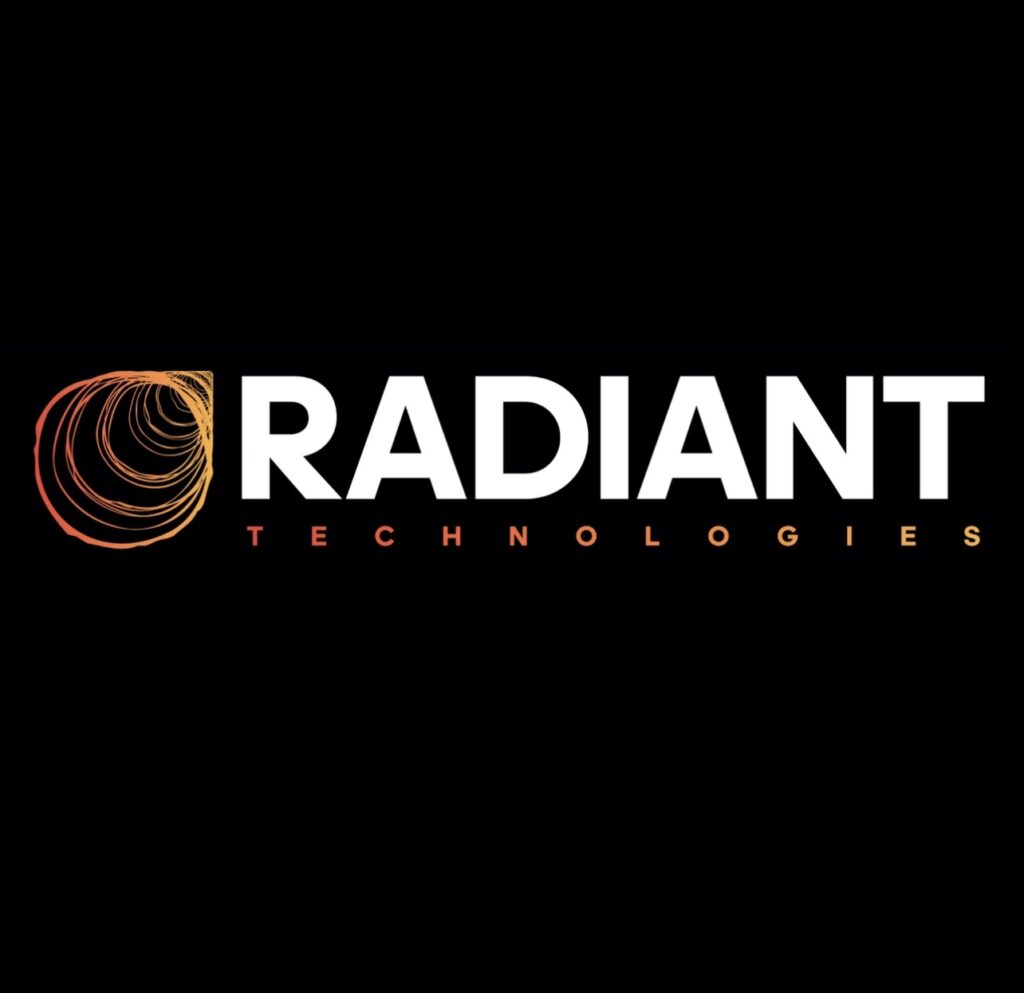The global Connected TV (CTV) market is predicted to reach a startling US$20.1 billion by 2031, according to Persistence Market Research’s latest analysis.
The spike in demand for smart television devices, combined with developments in internet connectivity, streaming services, and technological innovation, is expected to drive market expansion at an exponential rate in the coming years. This article digs into the key drivers, challenges, opportunities, and future trends impacting the Connected TV market’s growth, using data from the Persistence Market Research research.
𝐓𝐡𝐞 𝐑𝐢𝐬𝐢𝐧𝐠 𝐏𝐨𝐩𝐮𝐥𝐚𝐫𝐢𝐭𝐲 𝐨𝐟 𝐂𝐨𝐧𝐧𝐞𝐜𝐭𝐞𝐝 𝐓𝐕 𝐃𝐞𝐯𝐢𝐜𝐞𝐬
Connected TV, often known as smart TV, is a television set that has internet access and can run programs that provide on-demand entertainment. The combination of online services with traditional TV viewing has changed the way consumers access media, allowing them greater control over content selection, viewing schedules, and device interaction. The increased popularity of streaming platforms such as Netflix, Hulu, Amazon Prime, and Disney+ has resulted in the widespread use of CTVs, making them vital household media consumption appliances.
READ MORE: What Sort OF Audience Information Do CTV Advertisers Need?

CTV’s popularity has risen dramatically in recent years as high-speed internet coverage has increased and streaming services have grown rapidly. As customers abandon traditional cable and satellite TV, they are increasingly turning to over-the-top (OTT) platforms, which are easily available on smart TV devices. The move from traditional television to CTV is a critical aspect in the market’s expected growth.
𝐓𝐞𝐜𝐡𝐧𝐨𝐥𝐨𝐠𝐢𝐜𝐚𝐥 𝐀𝐝𝐯𝐚𝐧𝐜𝐞𝐦𝐞𝐧𝐭𝐬 𝐃𝐫𝐢𝐯𝐢𝐧𝐠 𝐆𝐫𝐨𝐰𝐭𝐡
The evolution of the Connected TV market is heavily influenced by technological advancements. Manufacturers are constantly innovating, incorporating cutting-edge technologies, and improving user experience to differentiate their offers in a competitive market. Several technological breakthroughs are likely to contribute to the rapid expansion of the CTV market.
AI-Powered Features: Artificial intelligence (AI) integration in smart TVs is becoming more common. AI technologies allow CTVs to provide personalized content recommendations based on user preferences, viewing habits, and demographic information. This tailored experience increases user engagement, which makes CTVs more enticing to consumers.
READ MORE: The Trade Desk Now Confirms It: Meet Ventura, The OS Will Consolidate Its Grip On CTV
Enhanced Display Technology: The introduction of 4K, 8K, and OLED screens has improved the visual quality of content, fueling customer desire for better viewing experiences. With manufacturers focused on enhancing picture quality and broadening the breadth of available content, CTVs with advanced display technology are becoming increasingly popular.

speech manage and Smart Home Integration: Voice assistants like Amazon Alexa, Google Assistant, and Apple Siri are being built into CTVs, allowing customers to manage their televisions with speech commands. Furthermore, many CTVs are connected into smart home ecosystems, allowing for seamless communication with other smart devices such as thermostats, lighting, and security systems. This convenience enhances the overall user experience.
Improved Connectivity: With the advent of 5G technology and quicker broadband connections, the quality of streaming material is improving. 5G provides faster download rates and lower latency, allowing consumers to enjoy high-definition video without buffering or interruptions. This improved connectivity is projected to boost demand for CTV devices and services.
READ MORE: Fubo Introduces Interactive CTV Ad Formats With A 47% Greater Purchase Intent Rate
The Impact of Streaming Services on Market Growth
Streaming services have played a significant role in the growth of the Connected TV market. The growing appetite for on-demand entertainment, along with the availability of a diverse range of streaming platforms, has resulted in a substantial shift in consumer behavior. Streaming services have become an essential aspect of modern entertainment due to the freedom they provide and the convenience of watching content on a television.

In addition to subscription-based services like Netflix and Hulu, ad-supported streaming platforms like Roku and Peacock are becoming increasingly popular. These platforms provide free content accompanied by adverts, making them an appealing option for budget-conscious customers. The growing variety of streaming options allows consumers to personalize their viewing experience based on their interests and budget, fueling demand for connected TV devices.
𝐆𝐥𝐨𝐛𝐚𝐥 𝐄𝐱𝐩𝐚𝐧𝐬𝐢𝐨𝐧 𝐚𝐧𝐝 𝐑𝐞𝐠𝐢𝐨𝐧𝐚𝐥 𝐓𝐫𝐞𝐧𝐝𝐬
The Connected TV market is growing rapidly in both developed and emerging nations. The expanding middle-class population in Asia Pacific, Latin America, and the Middle East and Africa is likely to drive market expansion. The Asia Pacific area, in particular, is expected to experience significant development as smartphone use, internet penetration, and the popularity of OTT services increase.
READ MORE: Paramount’s CTV Division Records Its Second Consecutive Quarter Of Profitability
In North America and Europe, CTV adoption is already progressed. These regions are likely to continue driving demand for high-end smart TVs with sophisticated capabilities like 4K and 8K displays, built-in voice assistants, and improved streaming service integration. The North American market is especially important due to the growing number of cord-cutters and the quick expansion of OTT platforms.
𝐌𝐚𝐫𝐤𝐞𝐭 𝐂𝐡𝐚𝐥𝐥𝐞𝐧𝐠𝐞𝐬

Despite the potential development possibilities, the Connected TV industry confronts a number of difficulties that may impede its expansion. One of the major challenges is market saturation in developed regions. As CTV use rises in North America and Europe, future growth may stall because most households already own a smart TV. Furthermore, there is increased competition among producers, with new brands entering the market, necessitating continuous innovation.
Another difficulty is the fragmentation of streaming providers. The growing number of OTT platforms may cause subscription fatigue, as customers must pay for various services to access content. This may provide friction in the adoption of CTV devices, particularly if customers believe that the expense of subscription services outweighs the benefits of owning a smart television.
Finally, worries about privacy in data collecting and consumer profiling may have an impact on market growth. As CTVs interact increasingly with AI and voice assistants, concerns about data privacy and spying grow. Regulatory frameworks governing data protection and privacy will be critical in determining the future of the CTV industry.
𝐎𝐩𝐩𝐨𝐫𝐭𝐮𝐧𝐢𝐭𝐢𝐞𝐬 𝐟𝐨𝐫 𝐆𝐫𝐨𝐰𝐭𝐡
The Connected TV market offers tremendous prospects for growth, particularly as technology advances and new business models arise. One big possibility is the expansion of advertising via linked TV platforms. As advertisers transfer their attention from traditional television to digital platforms, CTVs provide a unique opportunity for customized advertising. The opportunity to exploit user data to deliver personalised ads on streaming platforms is driving investment in CTV advertising.

Another avenue for expansion is the growing integration of Connected TV with game consoles and cloud gaming platforms. As gaming becomes a more popular form of entertainment, CTVs that are compatible with cloud gaming services like Google Stadia, Xbox Cloud Gaming, and NVIDIA GeForce NOW provide consumers with a seamless entertainment experience. The increased popularity of gaming content on CTV platforms may fuel additional industry growth.
Furthermore, collaborations between CTV makers and OTT service providers will be critical to promoting growth. Manufacturers can improve product appeal and market demand by pairing smart TVs with streaming service subscriptions or establishing unique content collaborations.
𝐅𝐮𝐭𝐮𝐫𝐞 𝐓𝐫𝐞𝐧𝐝𝐬 𝐢𝐧 𝐭𝐡𝐞 𝐂𝐨𝐧𝐧𝐞𝐜𝐭𝐞𝐝 𝐓𝐕 𝐌𝐚𝐫𝐤𝐞𝐭
Looking ahead, several developments are likely to affect the future of the Connected TV industry. One of the most significant trends is the continuous proliferation of interactive TV and content that engages viewers in novel ways. This includes the increased use of interactive storytelling, live streaming, and audience engagement features to make CTVs more immersive and engaging.
Another trend is the rise of ultra-high-definition (UHD) content, notably with the advancement of 4K and 8K resolution technology. The increased availability of UHD content via streaming services, as well as the growing adoption of UHD-capable TVs, will continue to propel the market ahead.
The incorporation of advanced AI technology will allow CTVs to provide increasingly more tailored and dynamic watching experiences. For example, AI may evaluate user activity to recommend shows or even develop unique content playlists, tailoring the viewing experience to individual preferences.
𝐂𝐨𝐧𝐜𝐥𝐮𝐬𝐢𝐨𝐧
The connected TV industry is expected to develop significantly, reaching US$20.1 billion by 2031. The combination of technology advancements, the growing popularity of streaming services, and the expanding acceptance of smart home ecosystems will continue to drive this expansion. However, issues such as market saturation in developed nations, manufacturer competition, and privacy concerns must be solved in order to fully realize the market’s potential. As the market evolves, opportunities in advertising, gaming, and content partnerships will open up new growth channels. With breakthroughs in AI, UHD content, and interactive experiences, the future of Connected TV is bright, with exciting opportunities for both consumers and industry participants alike.
Radiant TV, offering to elevate your entertainment game! Movies, TV series, exclusive interviews, music, and more—download now on various devices, including iPhones, Androids, smart TVs, Apple TV, Fire Stick, and more.


